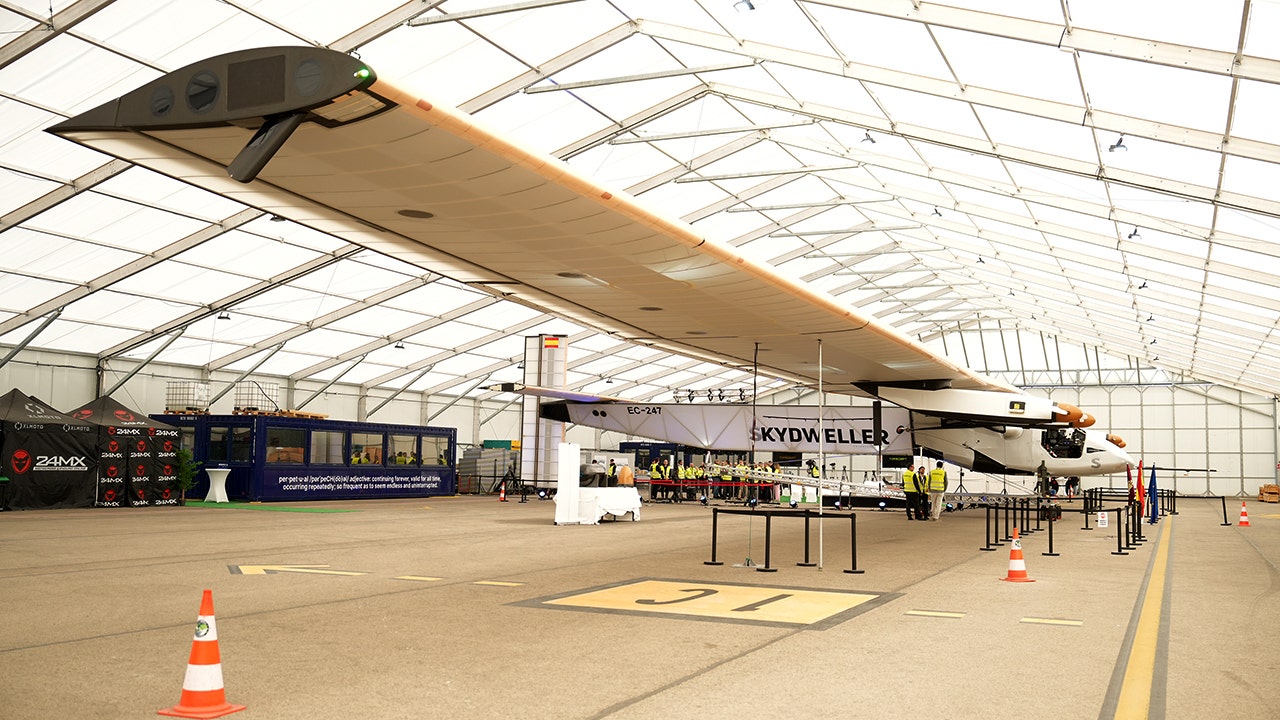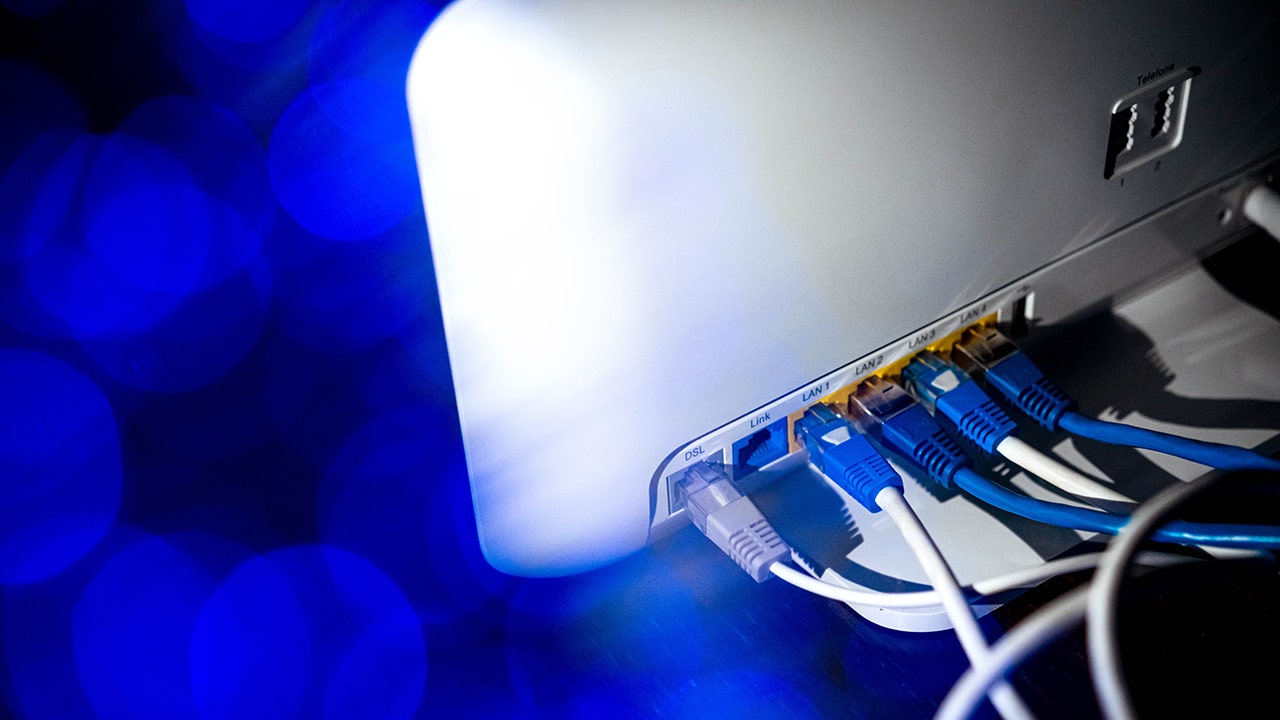Navy solar drone flies 73 hours nonstop in breakthrough endurance test

The Navy, in collaboration with Skydweller Aero, has achieved a significant milestone in clean-energy aviation. Their solar-powered drone, known as Skydweller, recently completed a test flight lasting an impressive 73 hours without the need for traditional fuel. The successful test took place at Stennis, Mississippi, under the direction of the Naval Air Warfare Center Aircraft Division (NAWCAD).
This breakthrough showcases the potential of renewable energy to power long-endurance missions while simultaneously reducing costs and lessening dependence on fossil fuels.
The three-day continuous flight demonstrated that solar-powered drones are capable of storing enough energy during daylight hours to sustain flight throughout the night. Engineers confirmed that the Skydweller remained airborne, made real-time autonomous decisions, adapted to changing weather conditions, and maintained secure communications throughout the test.
Despite having a wingspan equivalent to that of a Boeing 747, the Skydweller weighs about as much as a Ford F-150. Equipped with solar panels covering its expansive wings, the drone utilizes four electric propeller engines during the day while storing excess energy in batteries for nighttime operations.
NAWCAD officials anticipate that the Skydweller will integrate seamlessly into the Navy’s intelligence, surveillance, and reconnaissance (ISR) network. Unlike costly satellites or larger drones like the Global Hawk, the Skydweller offers a more cost-effective option for continuous monitoring. This capability could prove invaluable for tracking activities such as drug trafficking and border security threats in regions like Latin America and the Caribbean, where longer test flights are planned for this summer.
With nearly 220 flight hours logged already, engineers believe that the Skydweller could potentially remain in flight for extended periods. The Department of Defense recognizes the strategic importance of renewable-powered drones in future conflicts where traditional fuel resupply may be challenging.
The successful test of the Navy’s solar drone underscores the potential for renewable energy to revolutionize various sectors, including consumer technology, disaster response, and commercial aviation. As technology continues to advance, the possibilities for cleaner, more efficient systems that operate without traditional fuel sources are becoming increasingly feasible.
The Navy’s recent achievement in solar-powered flight not only highlights the progress of clean energy technology but also hints at a future where endurance and efficiency are seamlessly integrated. This milestone paves the way for practical applications beyond defense, with implications for disaster response, global communications, and environmental sustainability.
Do you believe that solar-powered drones could eventually replace satellites for global surveillance purposes? Share your thoughts with us at CyberGuy.com.
Kurt “CyberGuy” Knutsson, an award-winning tech journalist, shares his insights on technology, gear, and gadgets that enhance our daily lives. For more tech tips and updates, subscribe to Kurt’s CyberGuy Newsletter at CyberGuy.com.
Copyright 2025 CyberGuy.com. All rights reserved.




